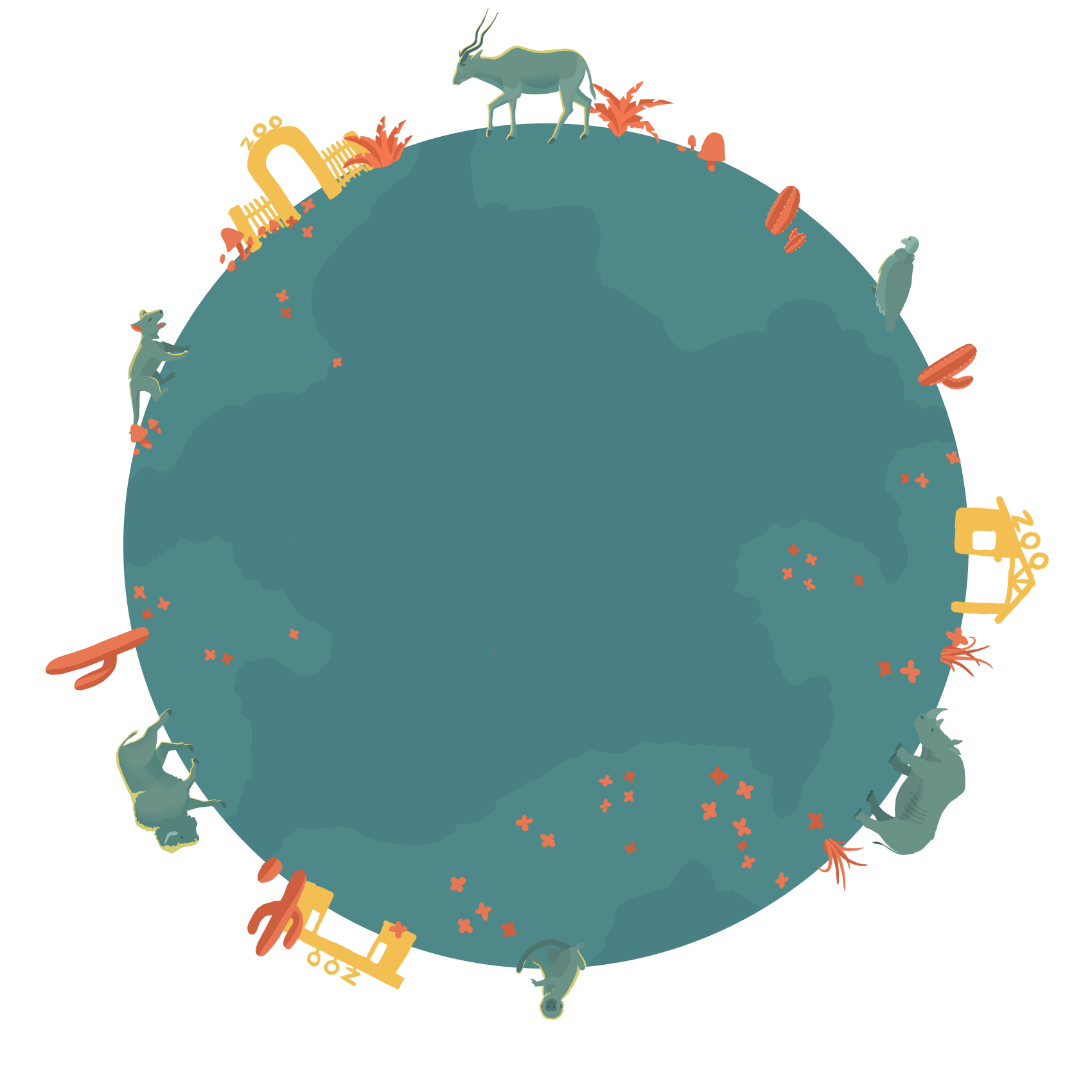which once roamed far and free?
but once neither could we.




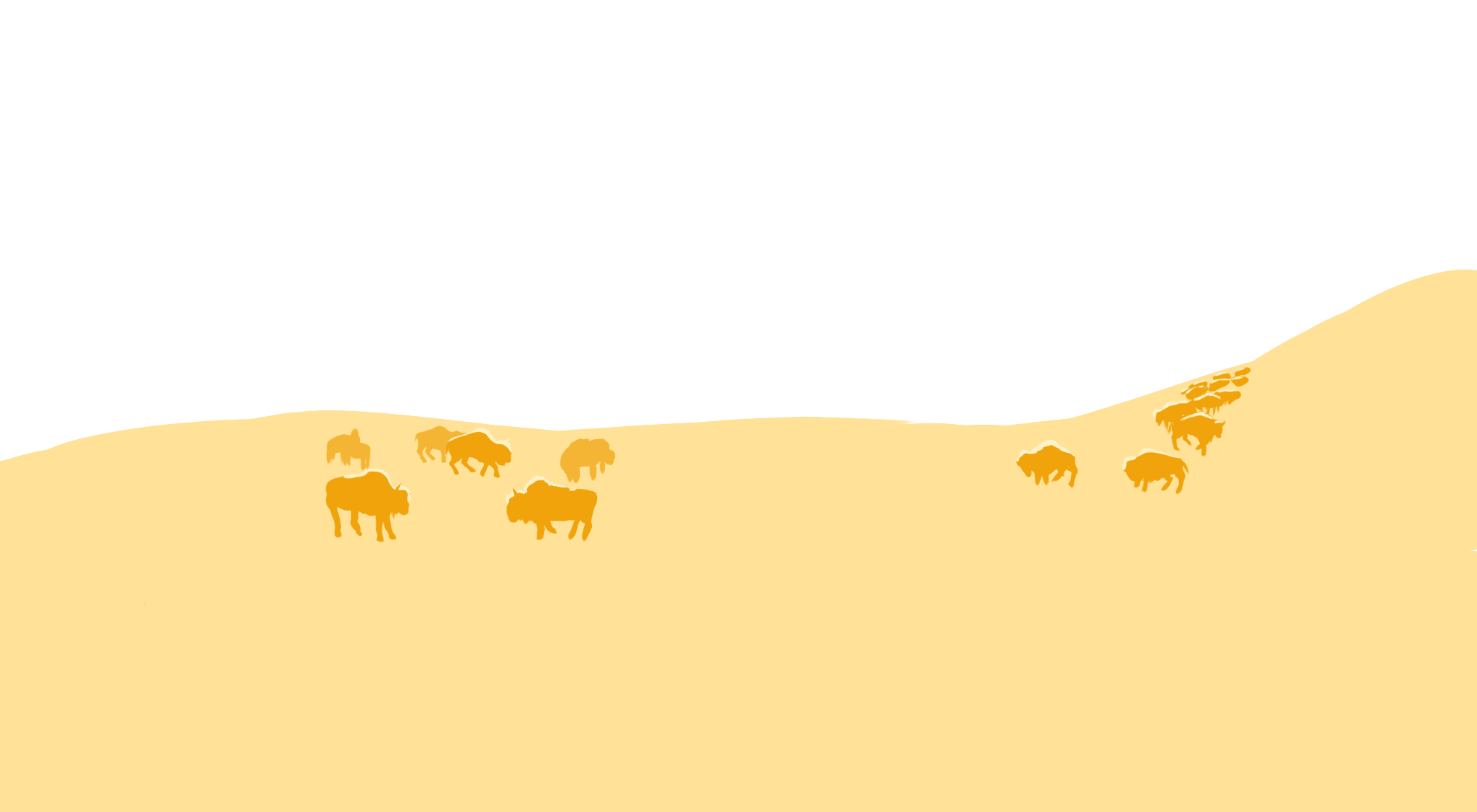

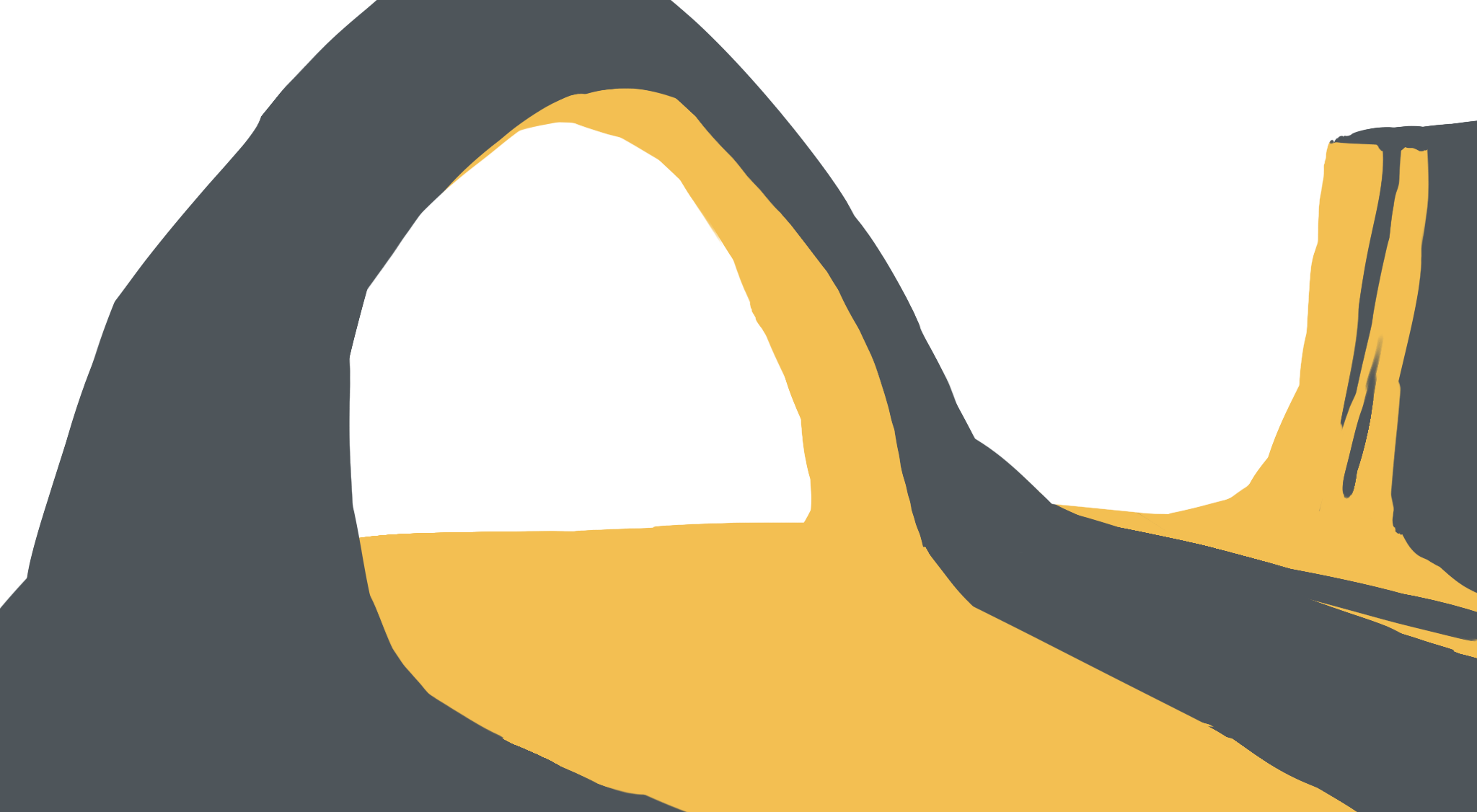

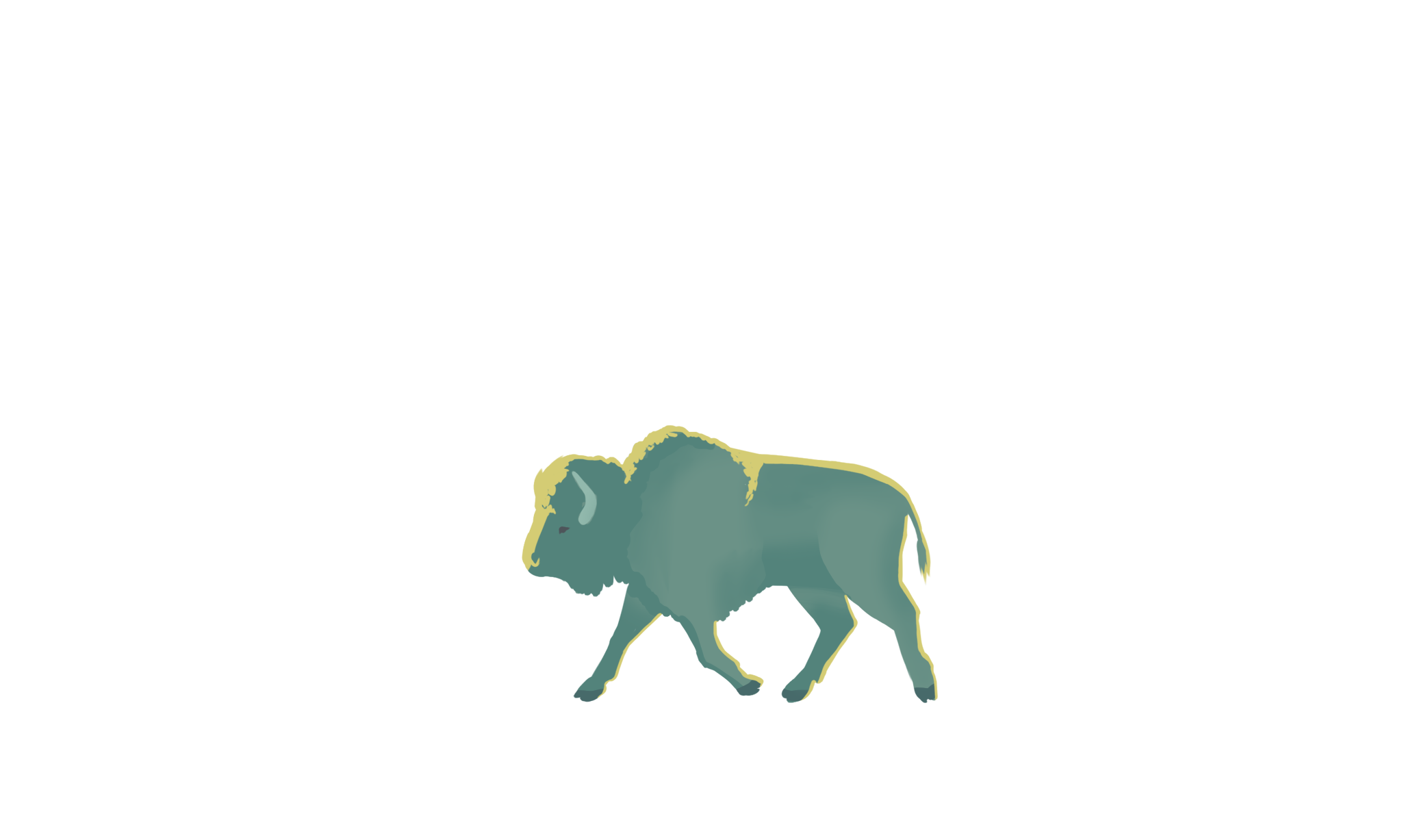



 scroll down
scroll down
Can you see the bison,
which once roamed far and free?
Now there’s half a million,
but once neither could we.
IUCN, 2018
NT
Near Threatened
Wild Population
Key Threat
Hunting
The American bison is the mammal emblem of the United States, but did you know that it is also a symbol of conservation? Just 200 years ago, more than 50 million bison would migrate across North America in enormous herds. It took just a century to nearly wipe out the species for good - just a few hundred remained by the early 1900s.
The American Bison Society was formed in 1905 out of a growing concern that bisons would disappear forever. The Bronx Zoo soon began what was one of the first attempts at captive-breeding for conservation.
but can you see they’re ill?
they may recover still.




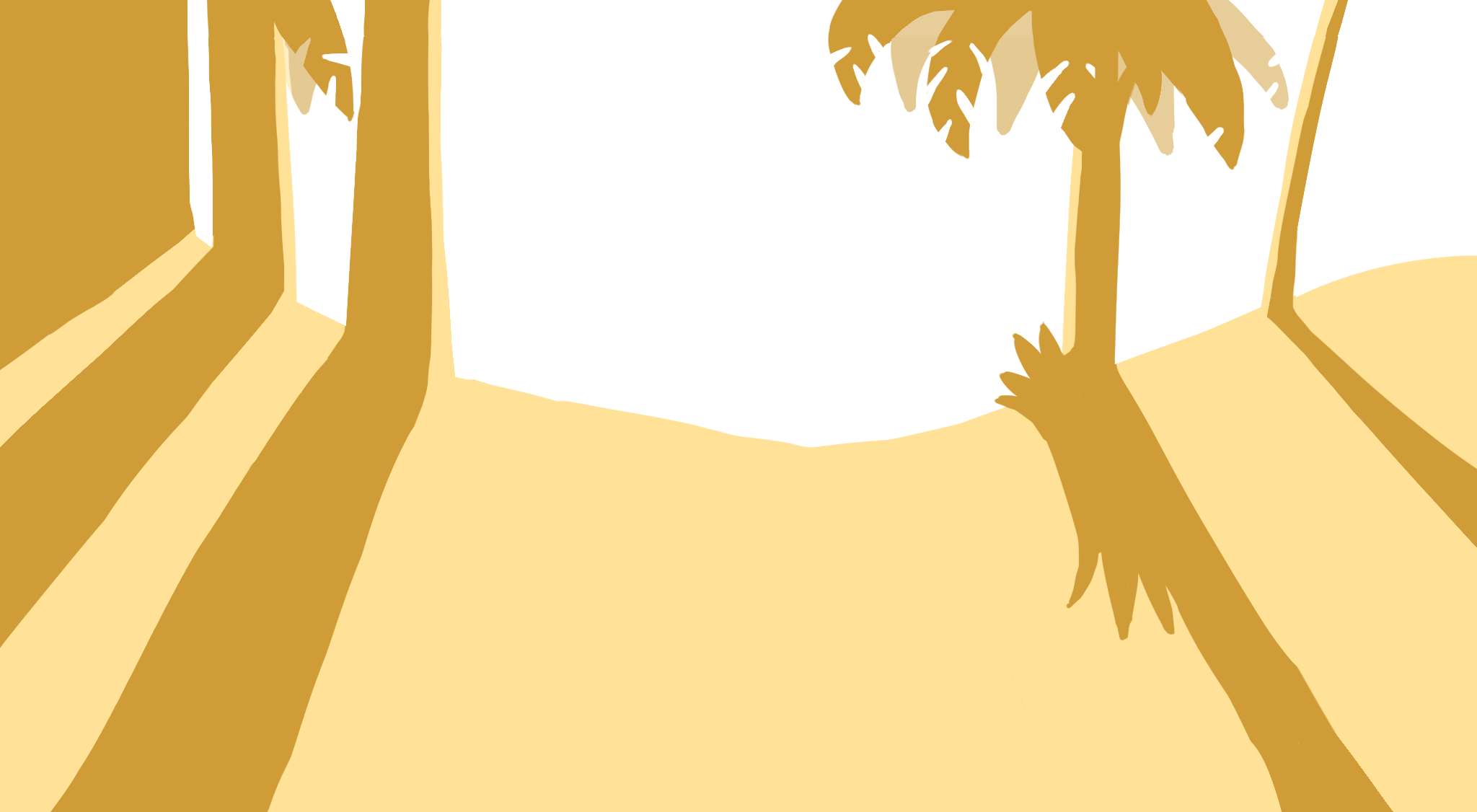

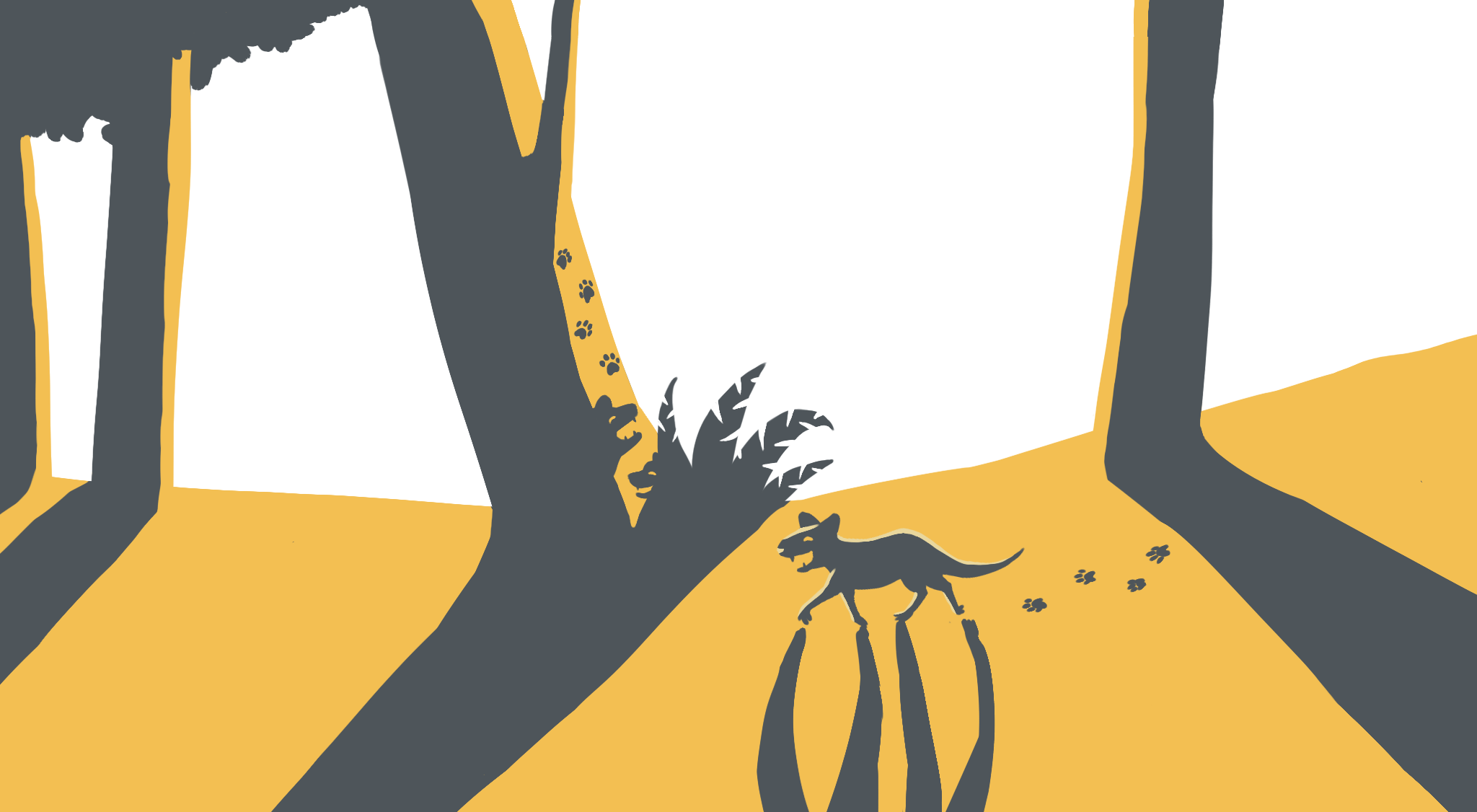

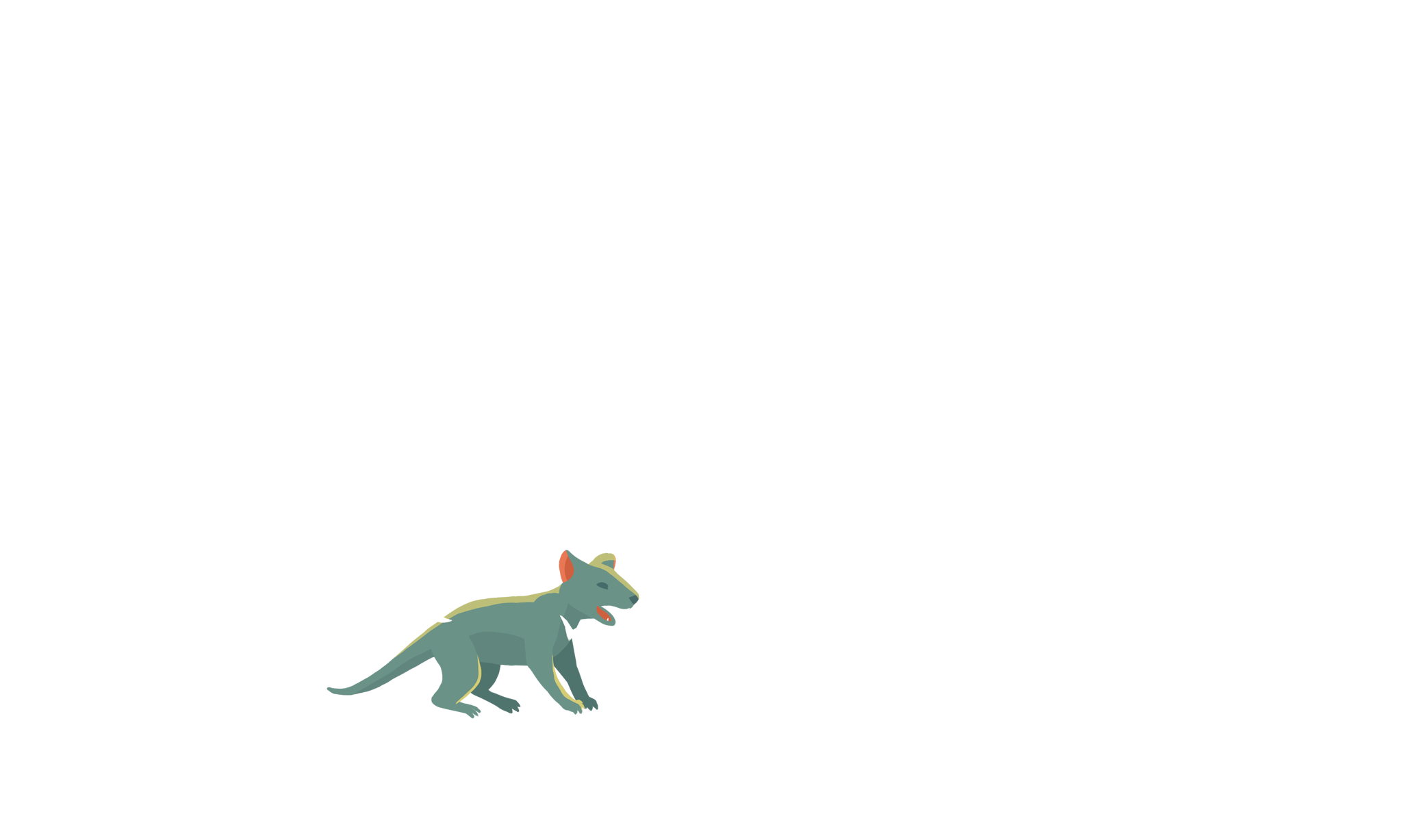
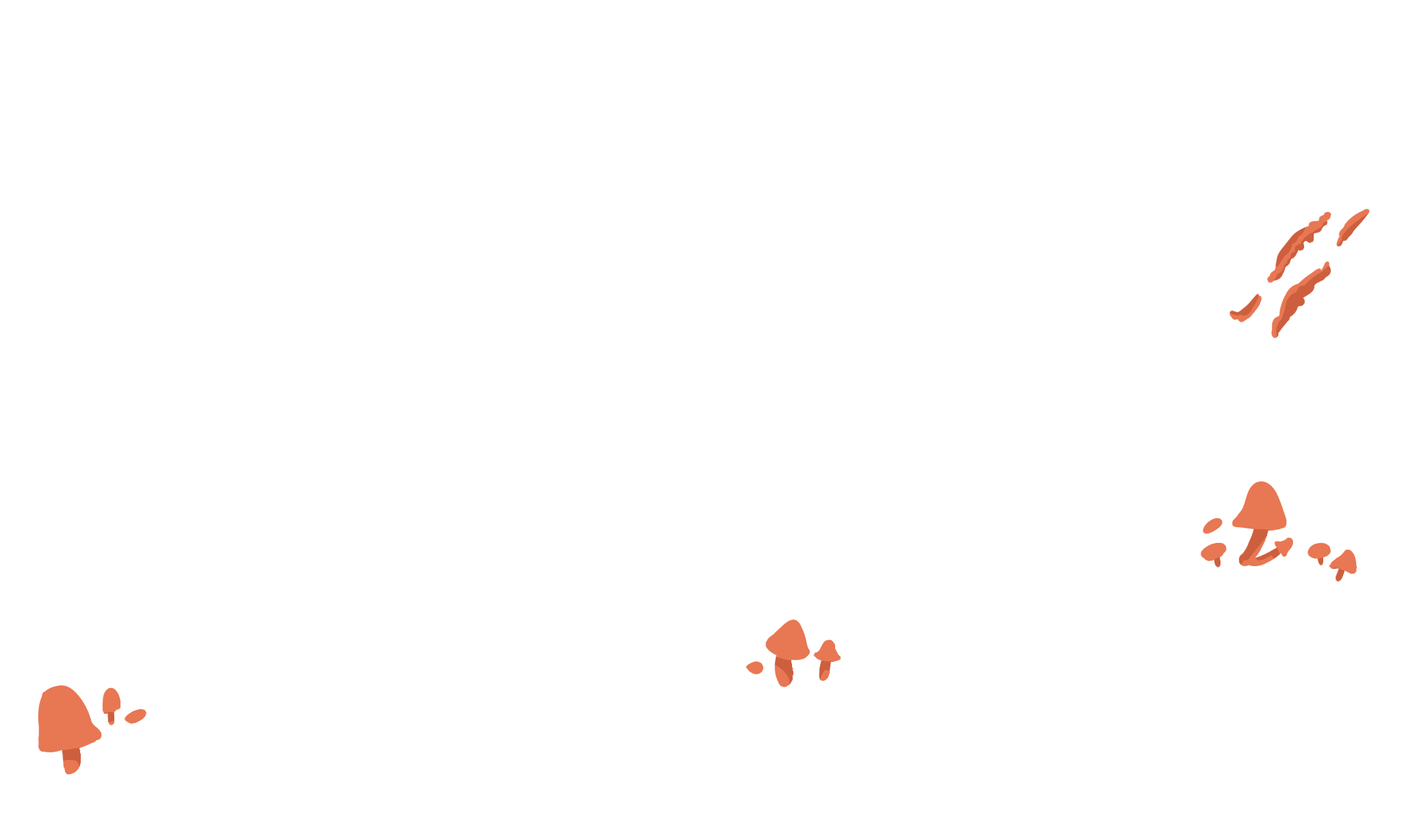


 scroll down
scroll down
You may see ‘Tassie devils’,
but can you see they’re ill?
With zoos to raise them healthy,
they may recover still.
IUCN, 2018
EN
Endangered
Wild Population
Key Threat
Disease
Tasmanian devils were so named when Europeans first heard their screams at night, but these nocturnal scavengers may soon be heard no more. In 1996, a disease was discovered that would wipe out 85% of the population in just 20 years. The Devil Facial Tumor Disease (DFTD) is a lethal contagious cancer which causes the formation of large tumors and has spread across most of Tasmania.
To ensure the survival of the Tasmanian devil, zoos around the world are involved in a captive breeding program. 700 Tasmanian devils are kept as part of this program, helping to support a wild, disease-free population on Maria Island.
whose homes had been removed?
their numbers have improved.




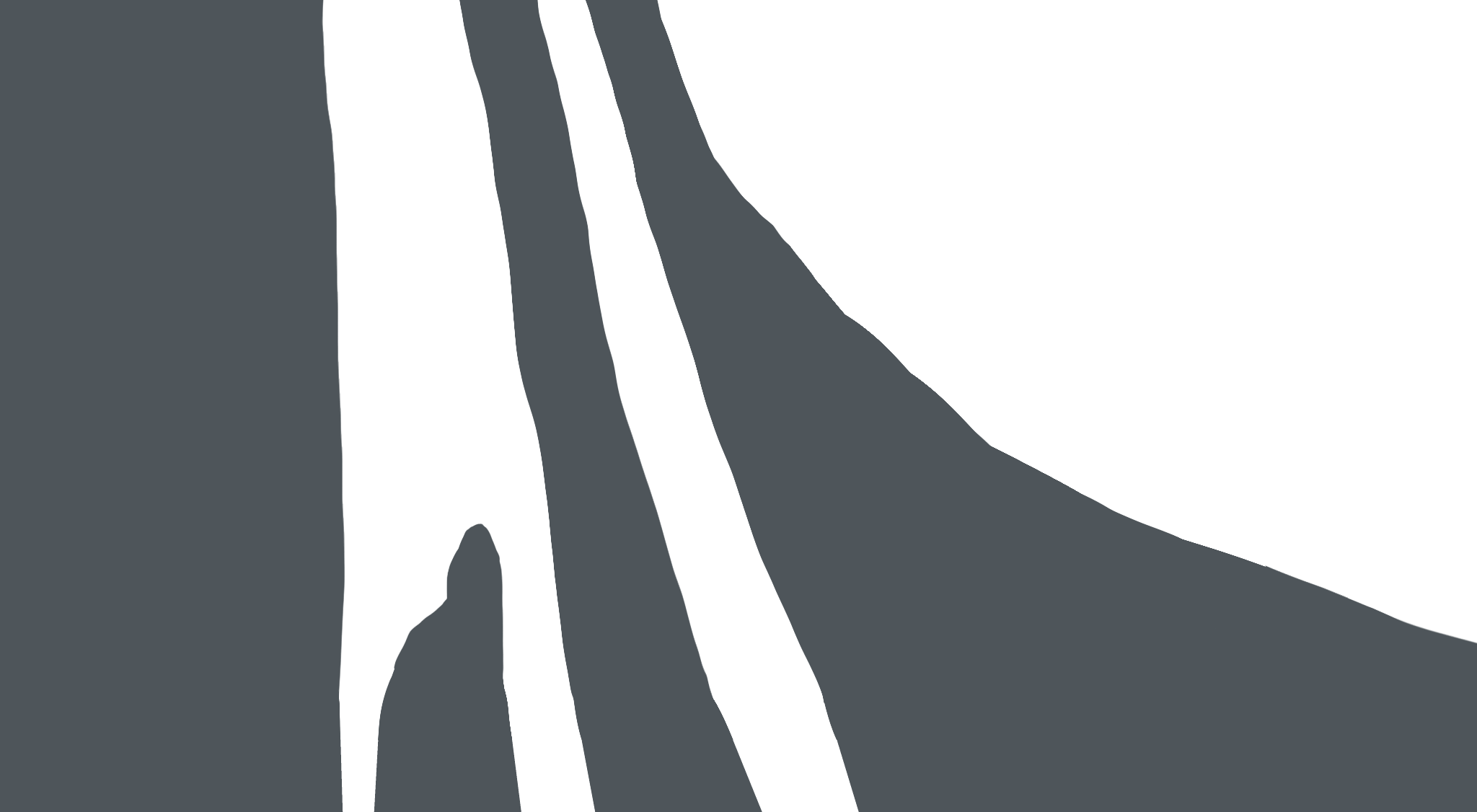
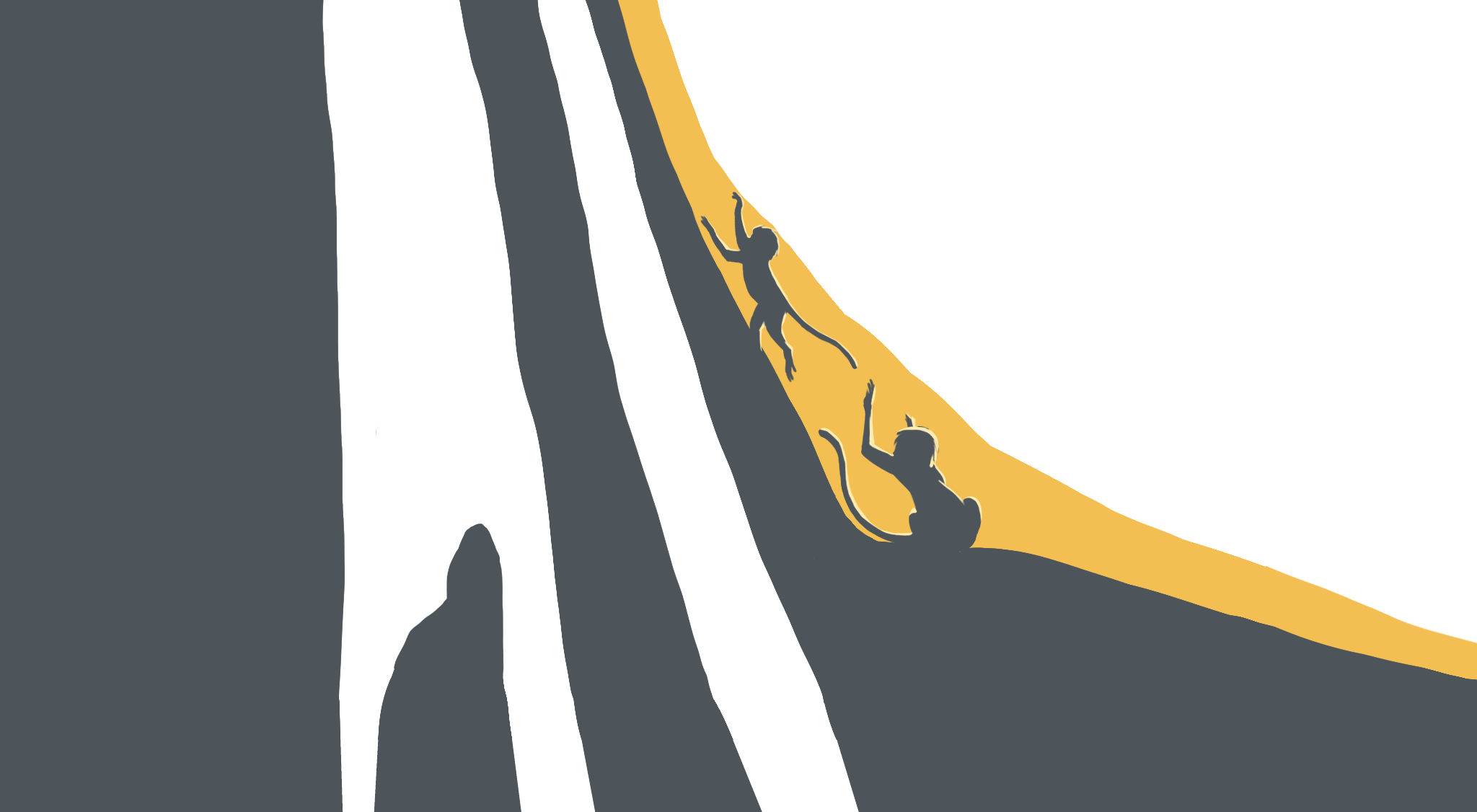

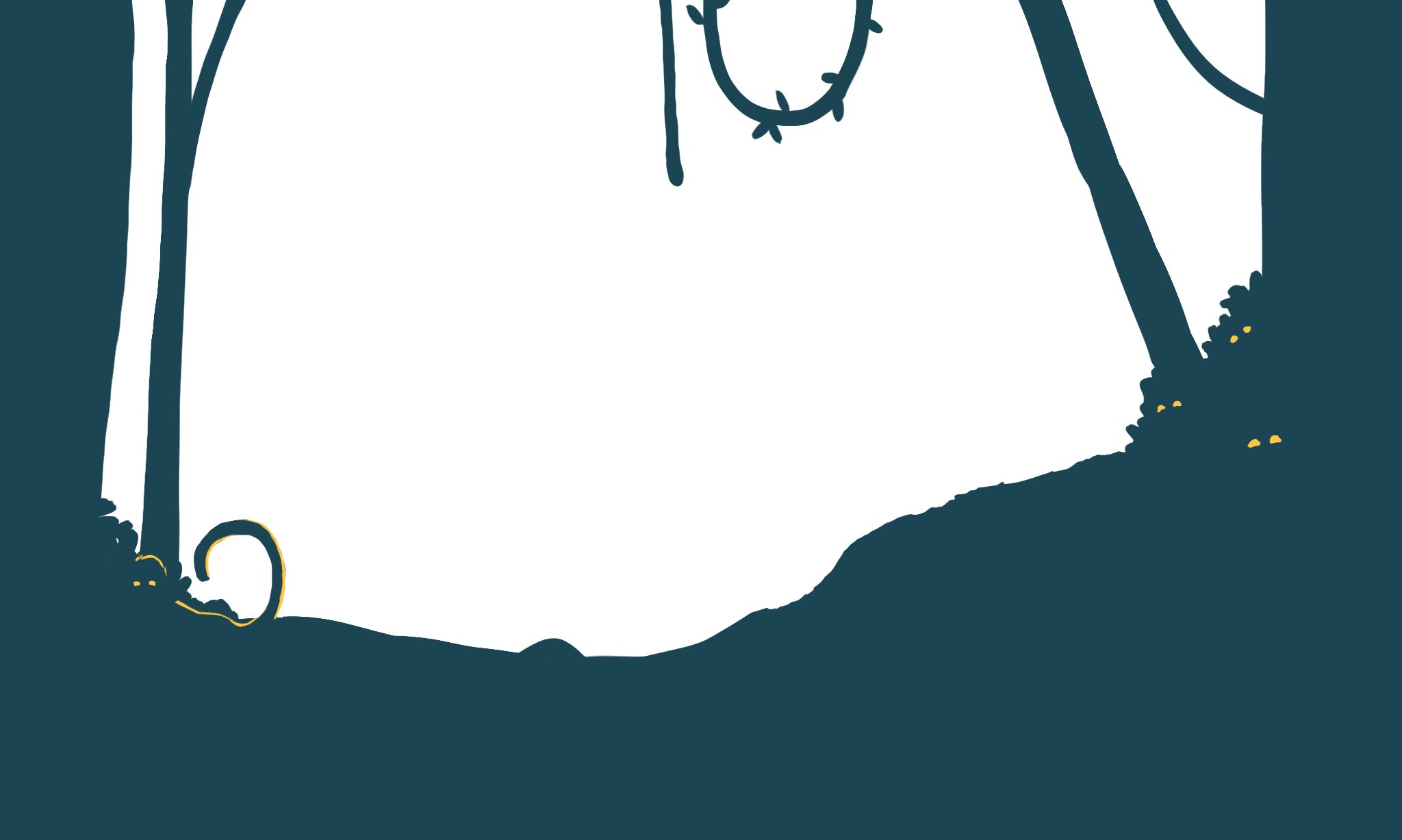
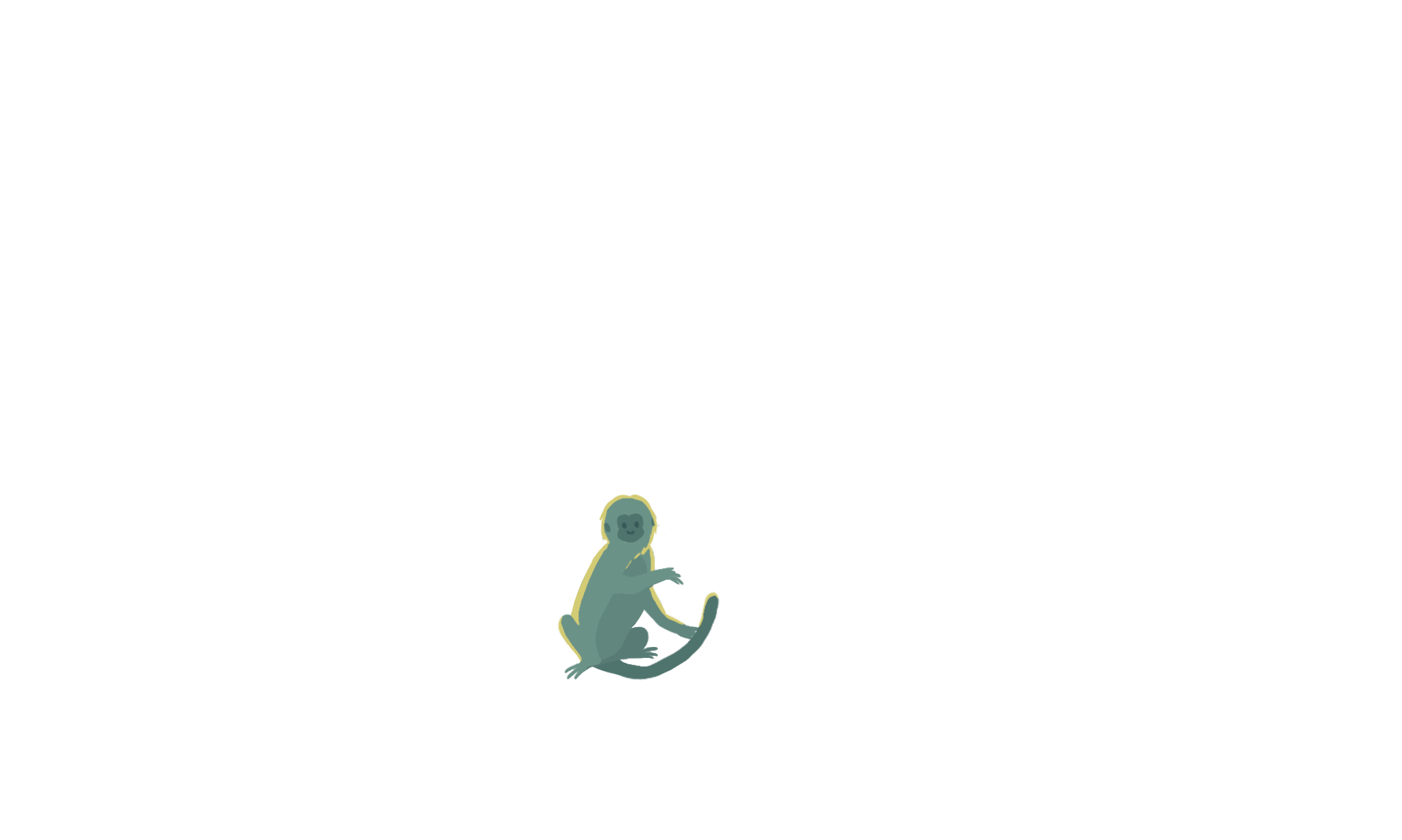
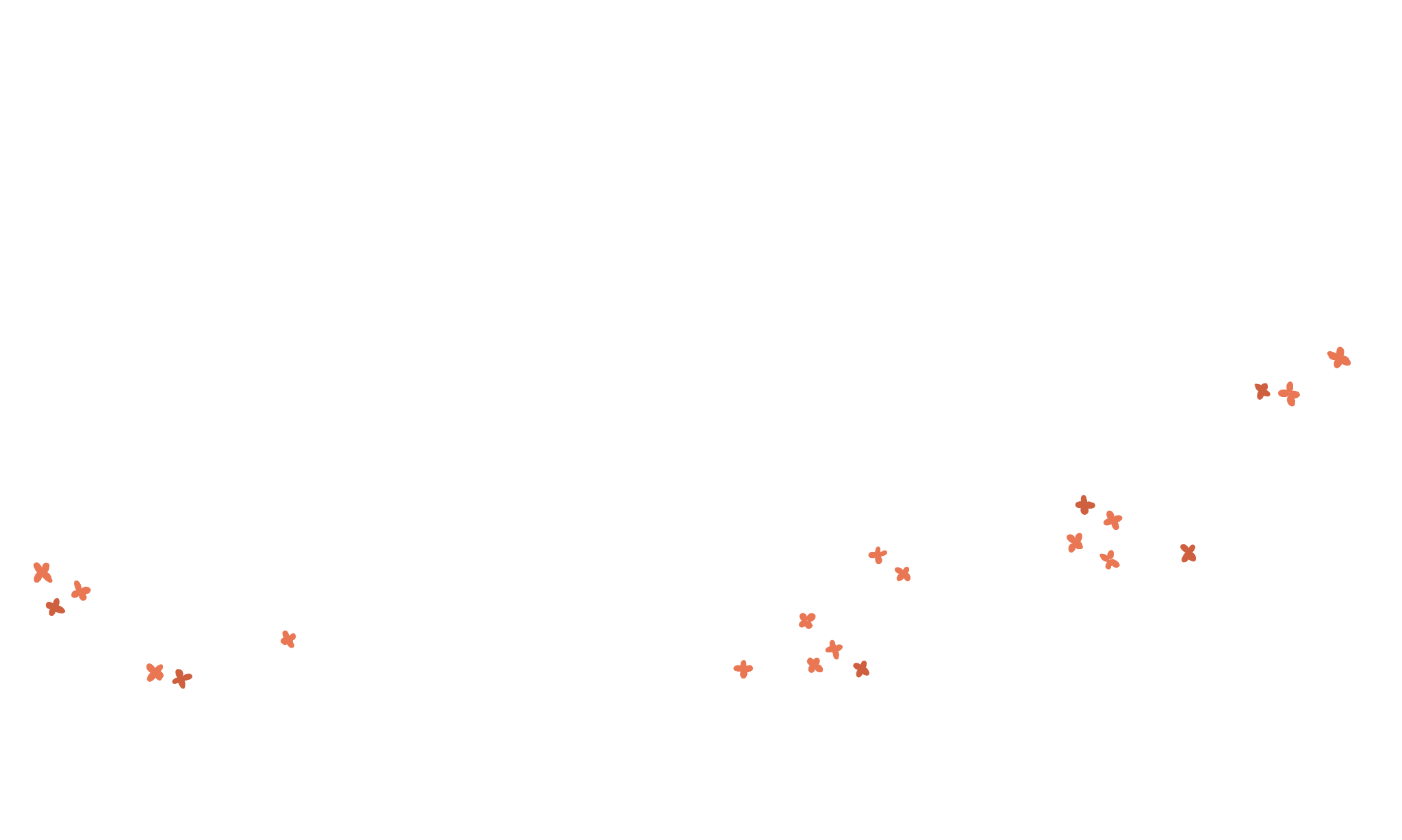


 scroll down
scroll down
Can you see the monkeys,
whose homes had been removed?
With logging halted, thanks to zoos
their numbers have improved.
IUCN, 2018
EN
Endangered
Wild Population
Key Threat
Deforestation
The golden lion tamarin is a rare golden monkey found in Brazil's Atlantic Forests. These forests have suffered extensive deforestation, and are now reduced to less than 8% of what they once were. This led to declines in tamarin populations to as few as 150 in the 1960s and '70s.
The National Zoo in Washington, DC, initiated the first conservation program for golden lion tamarins. Forests are now being bought back and restored, allowing hundreds of zoo-born tamarins to be released into the wild.
There once were twenty-two.
and all because of zoos.

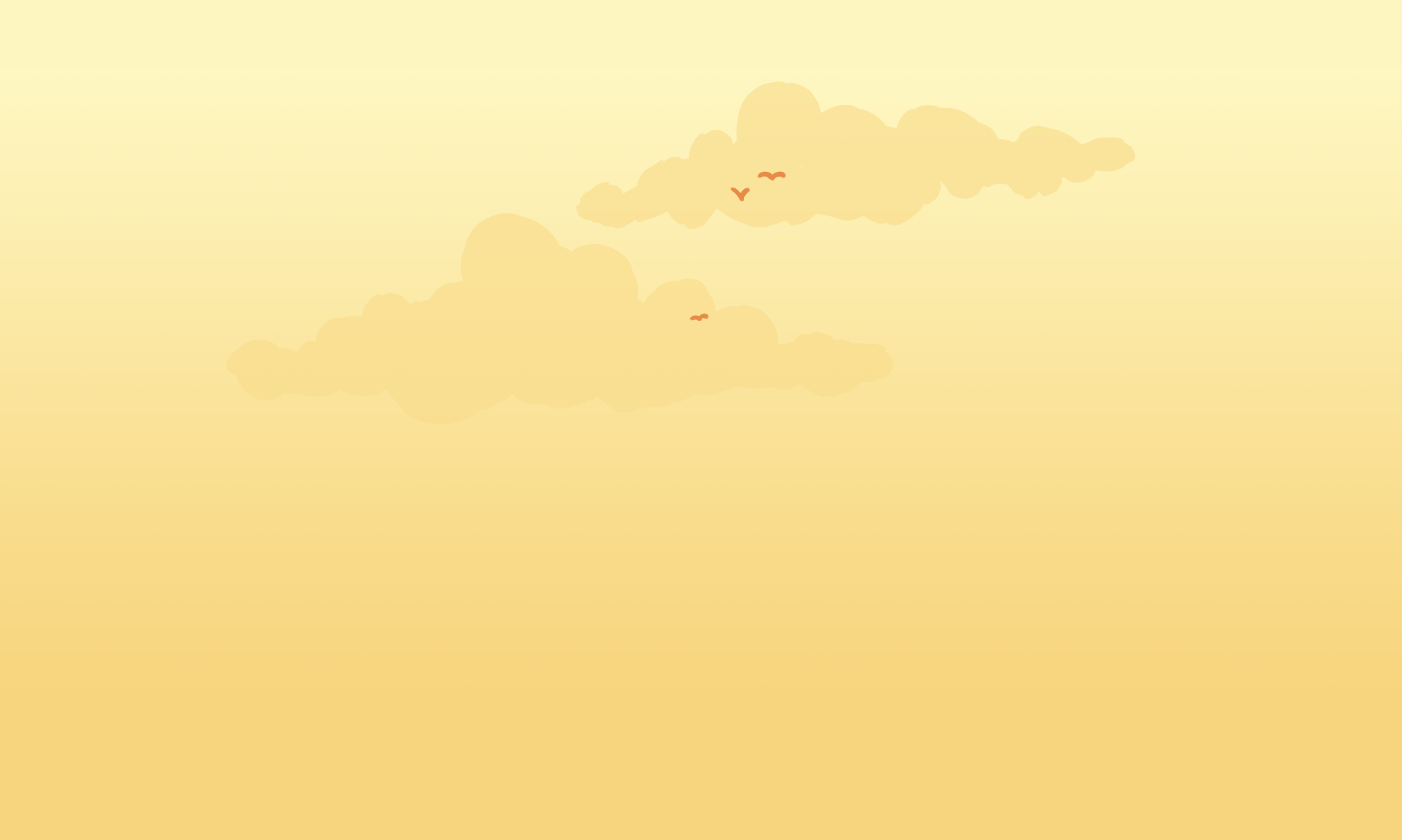

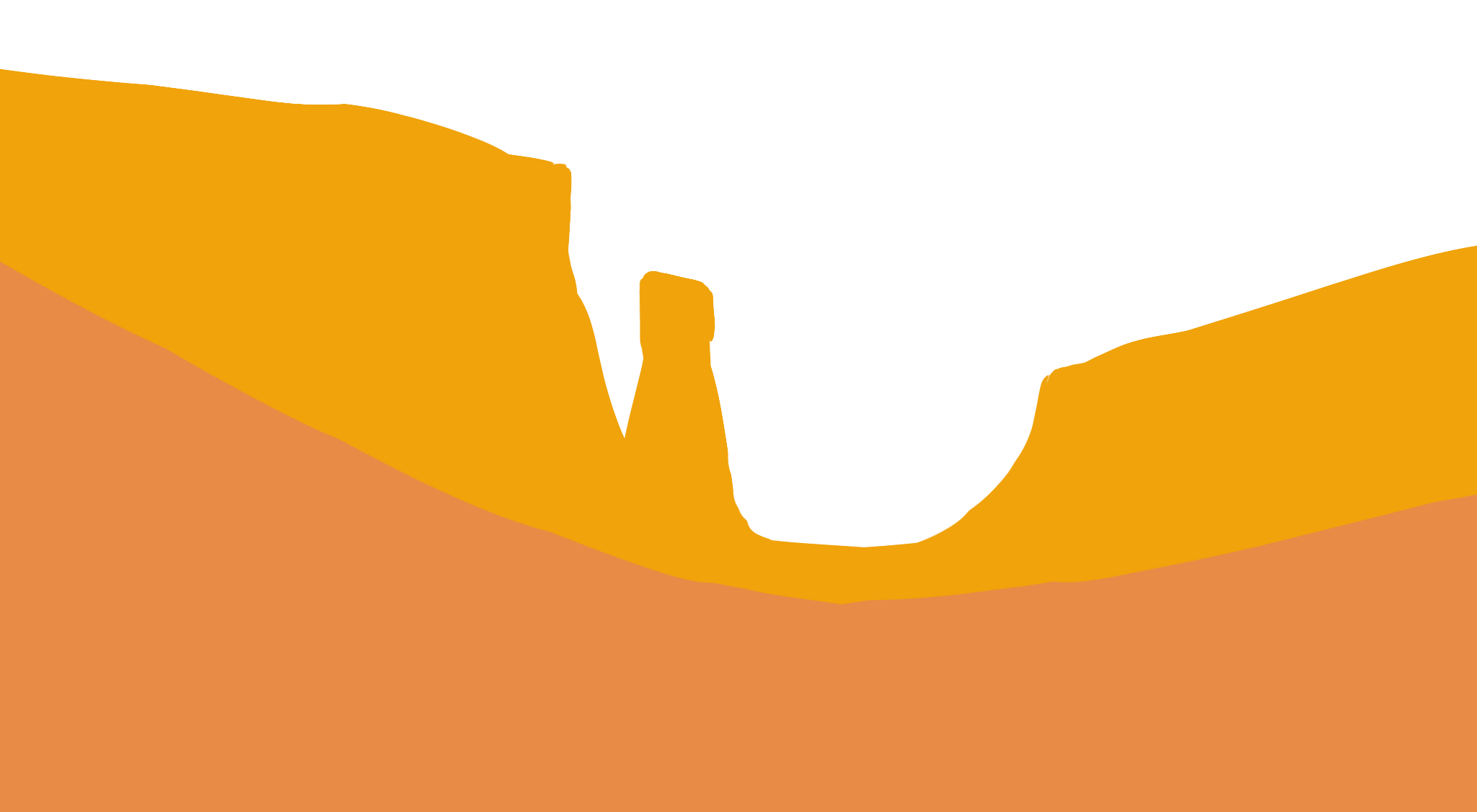
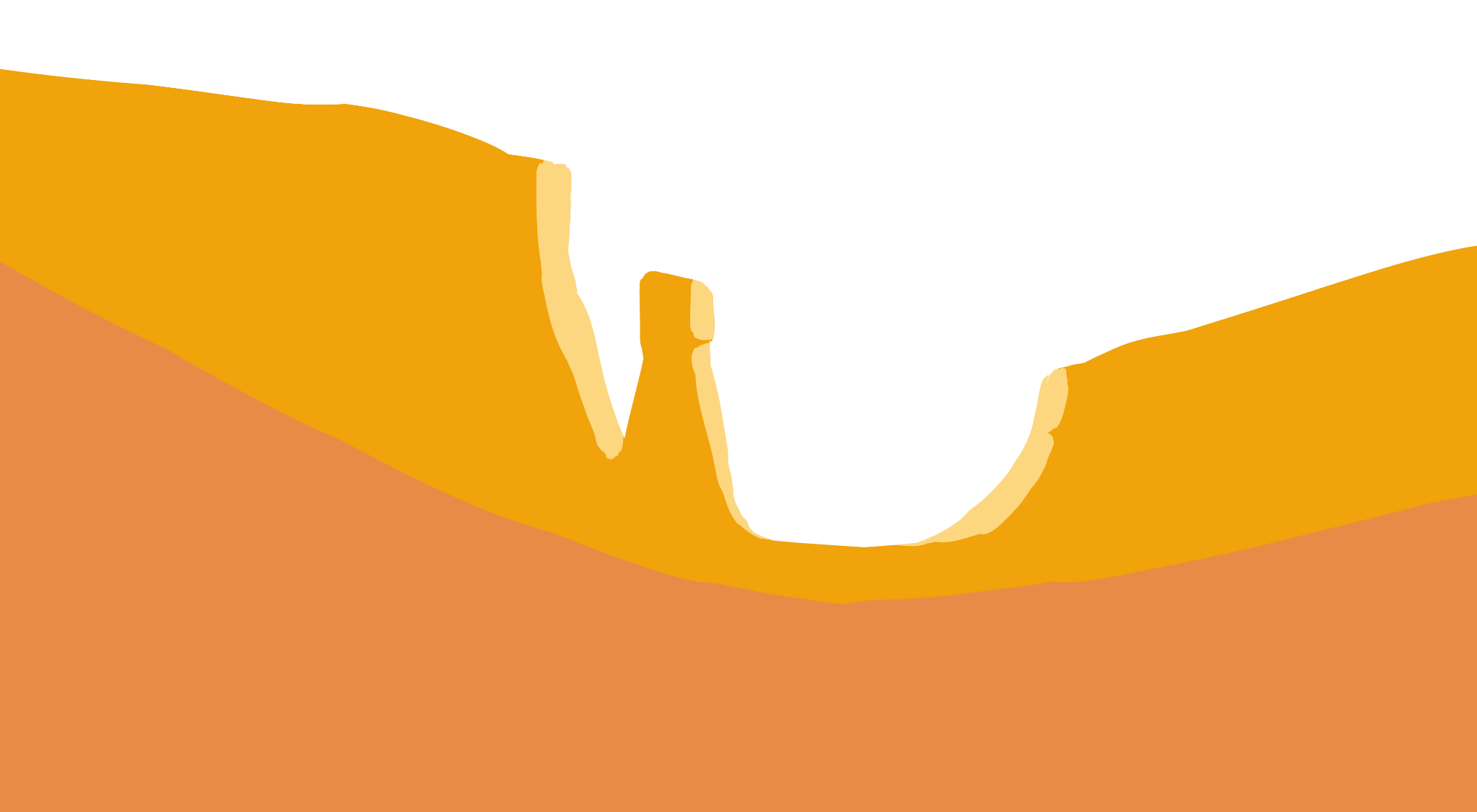

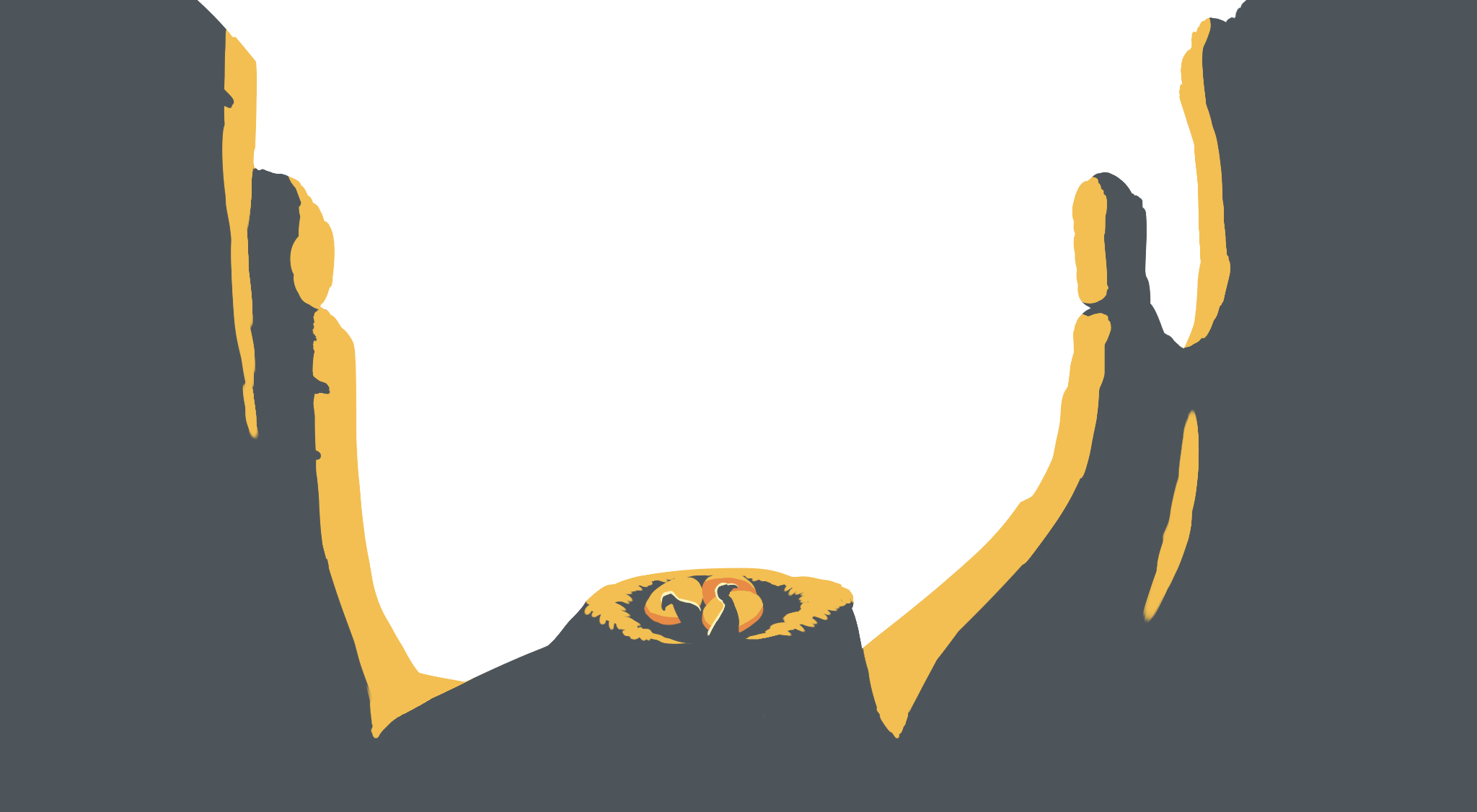

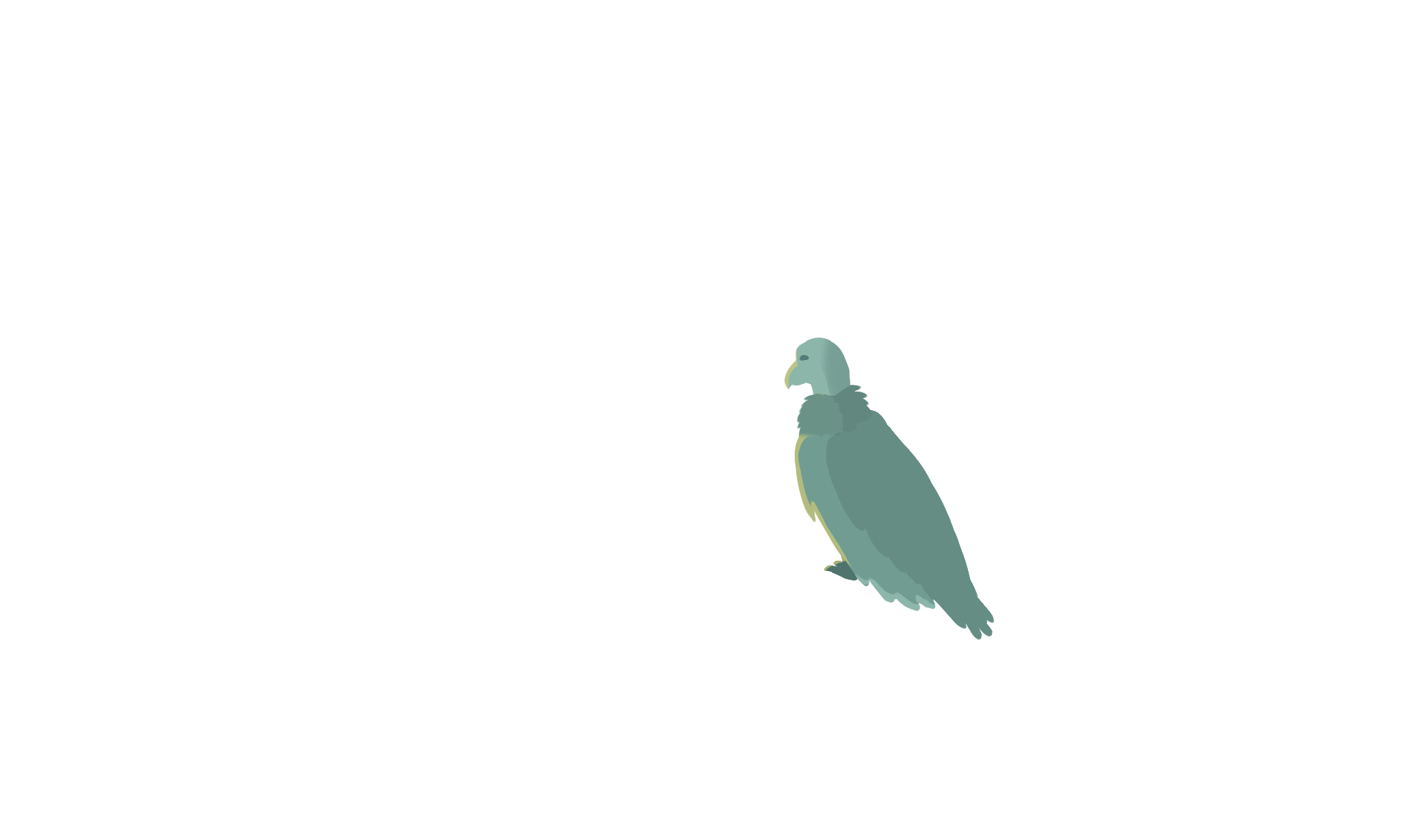



 scroll down
scroll down
Can you see the condor?
There once were twenty-two.
Now there’s twenty times that,
and all because of zoos.
IUCN, 2018
CE
Critically Endangered
Wild Population
Key Threat
Pollution
There are now almost 300 wild California condors soaring over the canyons of western America. But between 1987 and 1992, there was not a single bird left. These enormous vultures became extinct in the wild largely from consuming animals poisoned with lead, trash and the pesticide DDT.
The last 22 birds were taken into captivity at the San Diego Zoo and Safari Park. They have since been successfully bred, and as many as 50 condors are now released into the wild each year.
it's rare in its old home.
thousands of them roam.




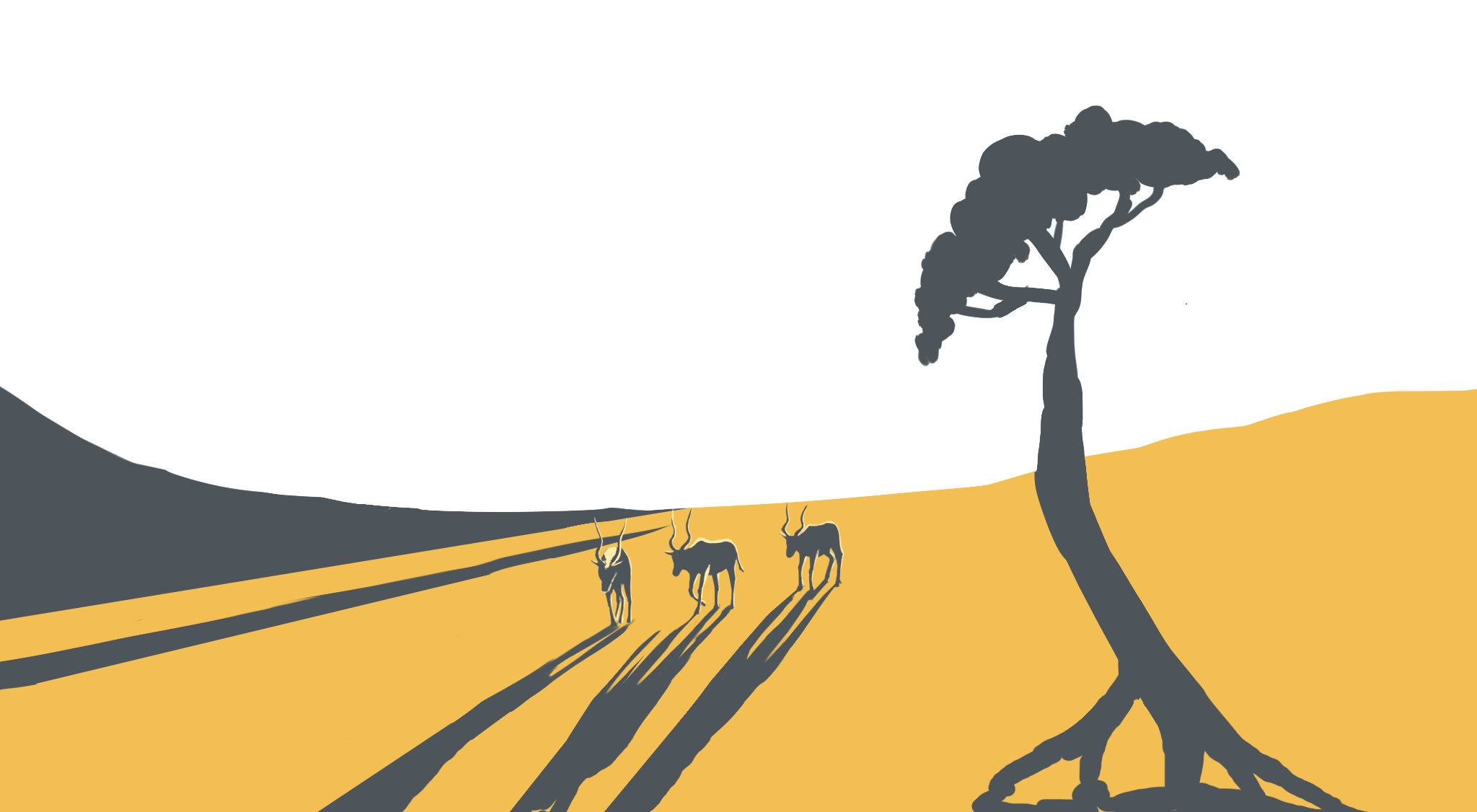

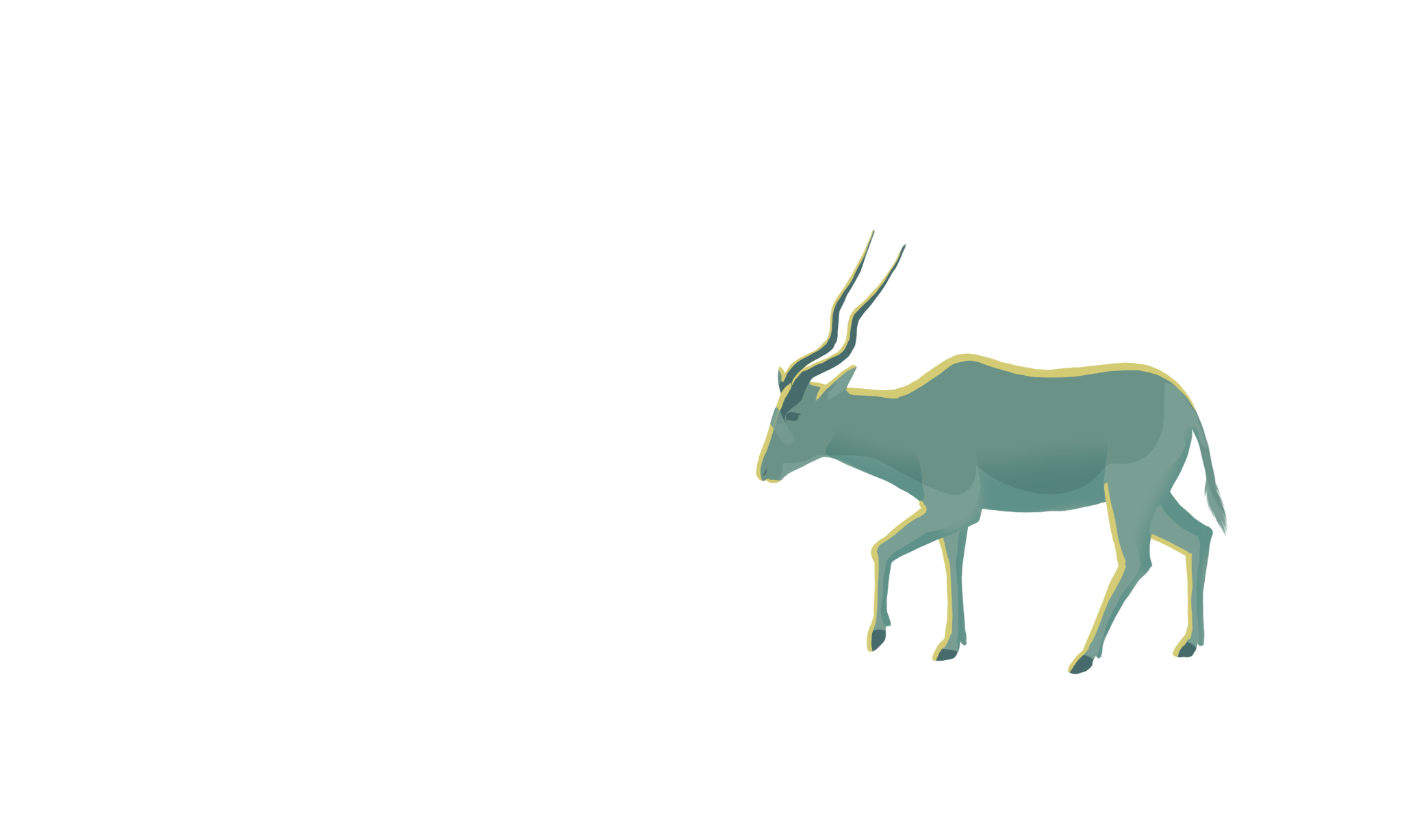
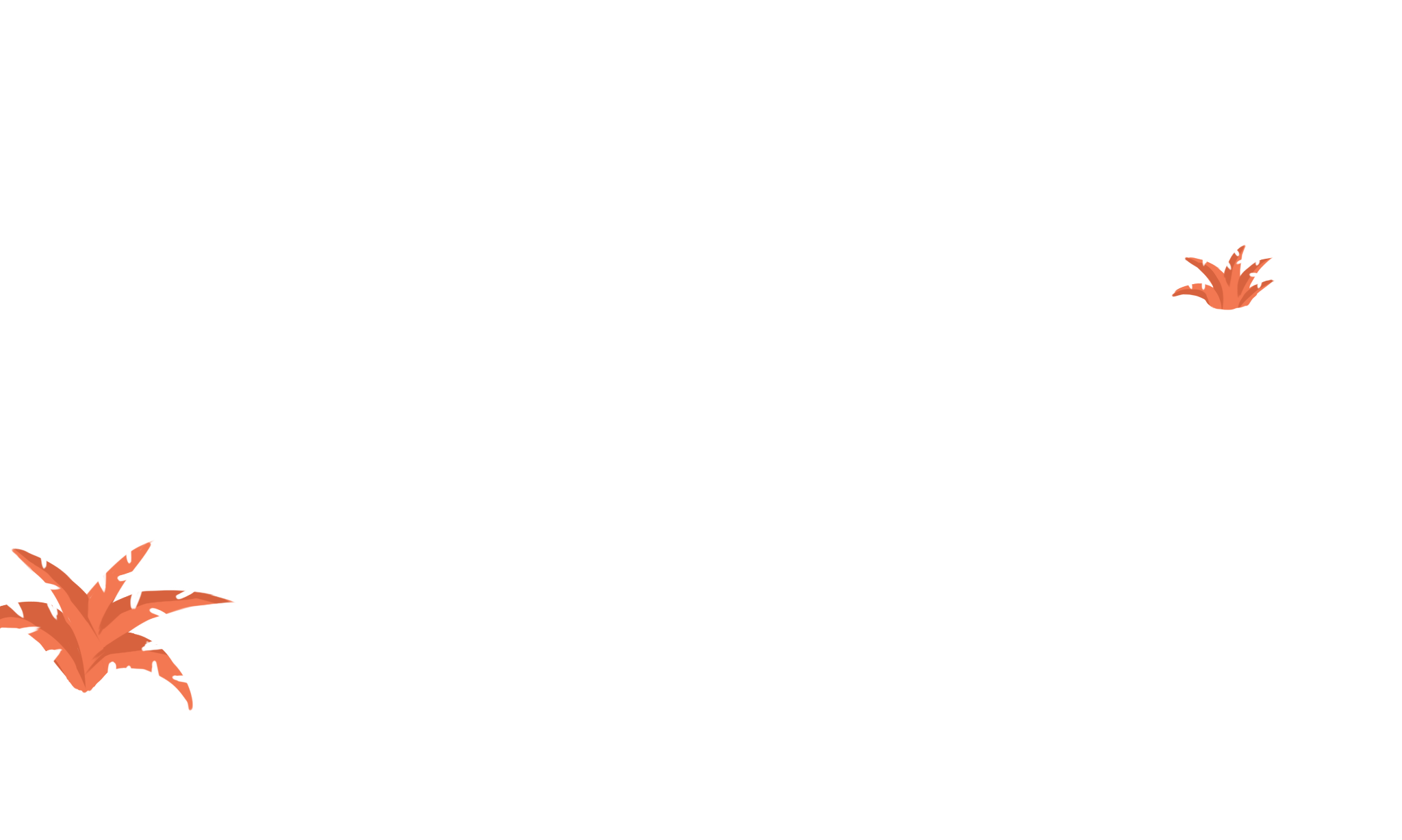


 scroll down
scroll down
You might not see the addax,
it’s rare in its old home.
But safe in zoos around the world,
thousands of them roam.
IUCN, 2018
CE
Critically Endangered
Wild Population
Key Threat
Poaching
The addax is a stunning antelope of northern Africa with extravagant, twisting horns. Unfortunately, these horns mean that they are a target for poachers. Unrestricted poaching, aided by political instability and the search for oil in the region, have reduced the addax to three tiny herds.
Almost 2,000 addax are held in zoos and captively-managed herds across the world. Three new populations have been established in the wild, but the threat of poaching must be reduced before a reintroduction will be successful.
which went extinct this year?
begin to reappear.

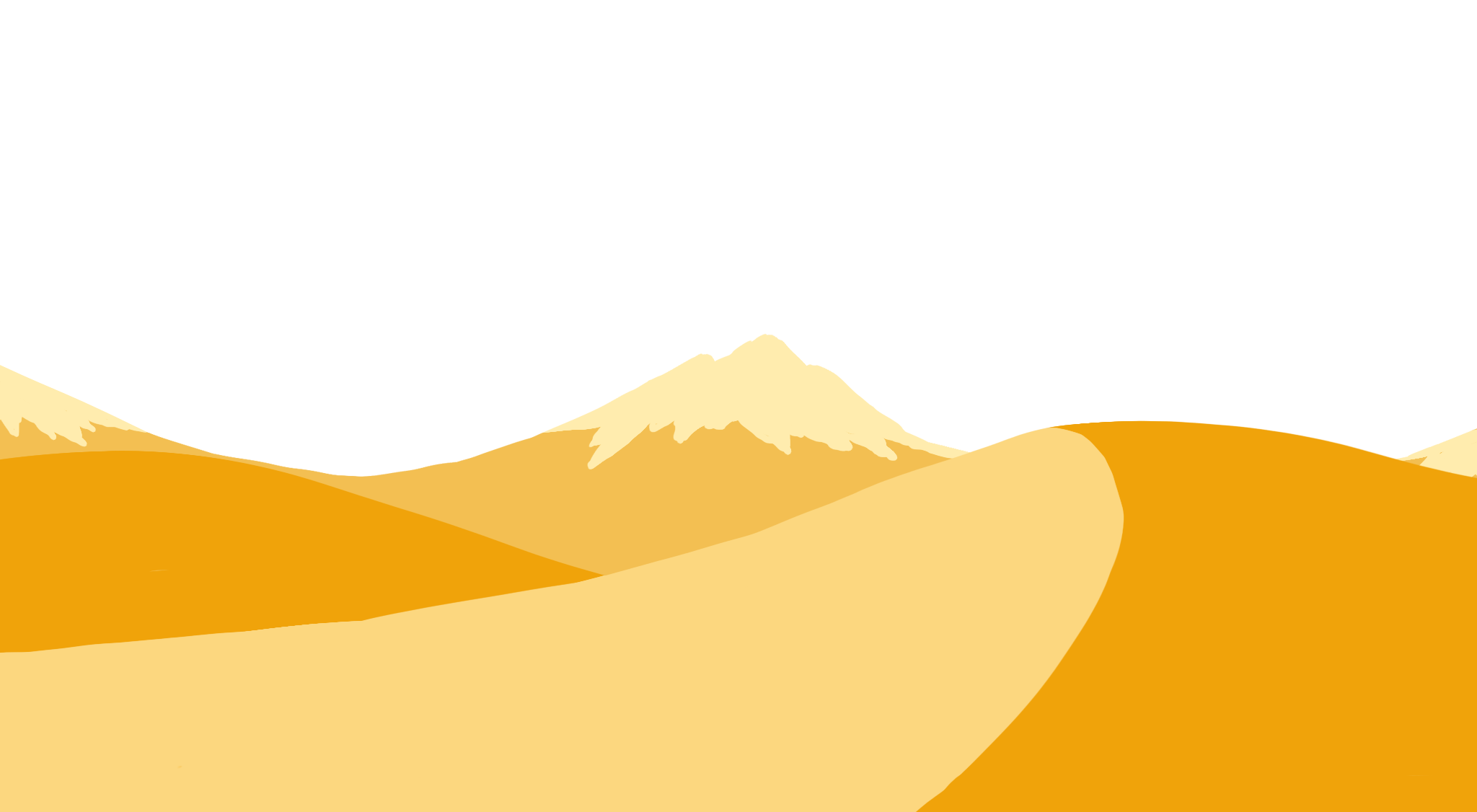


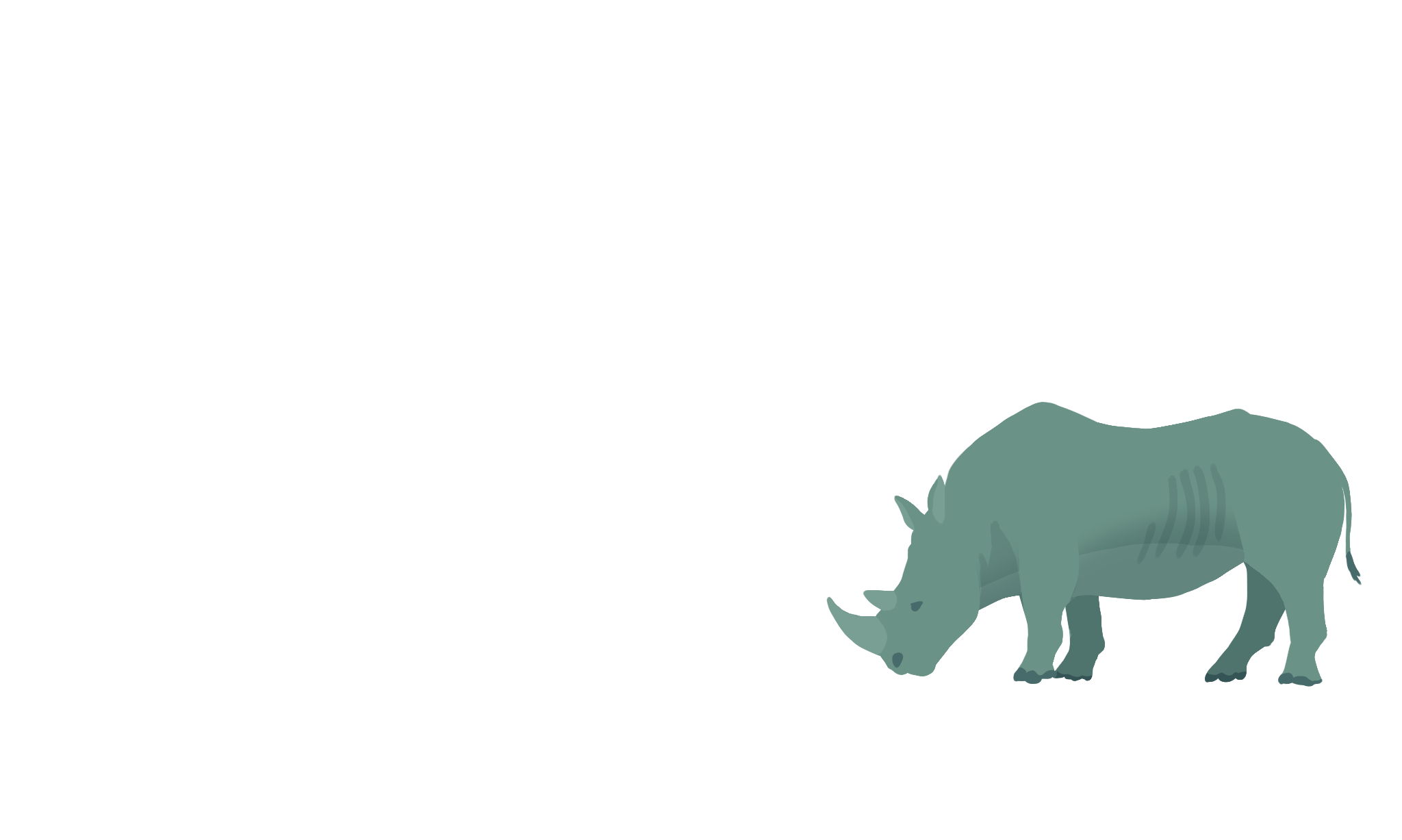



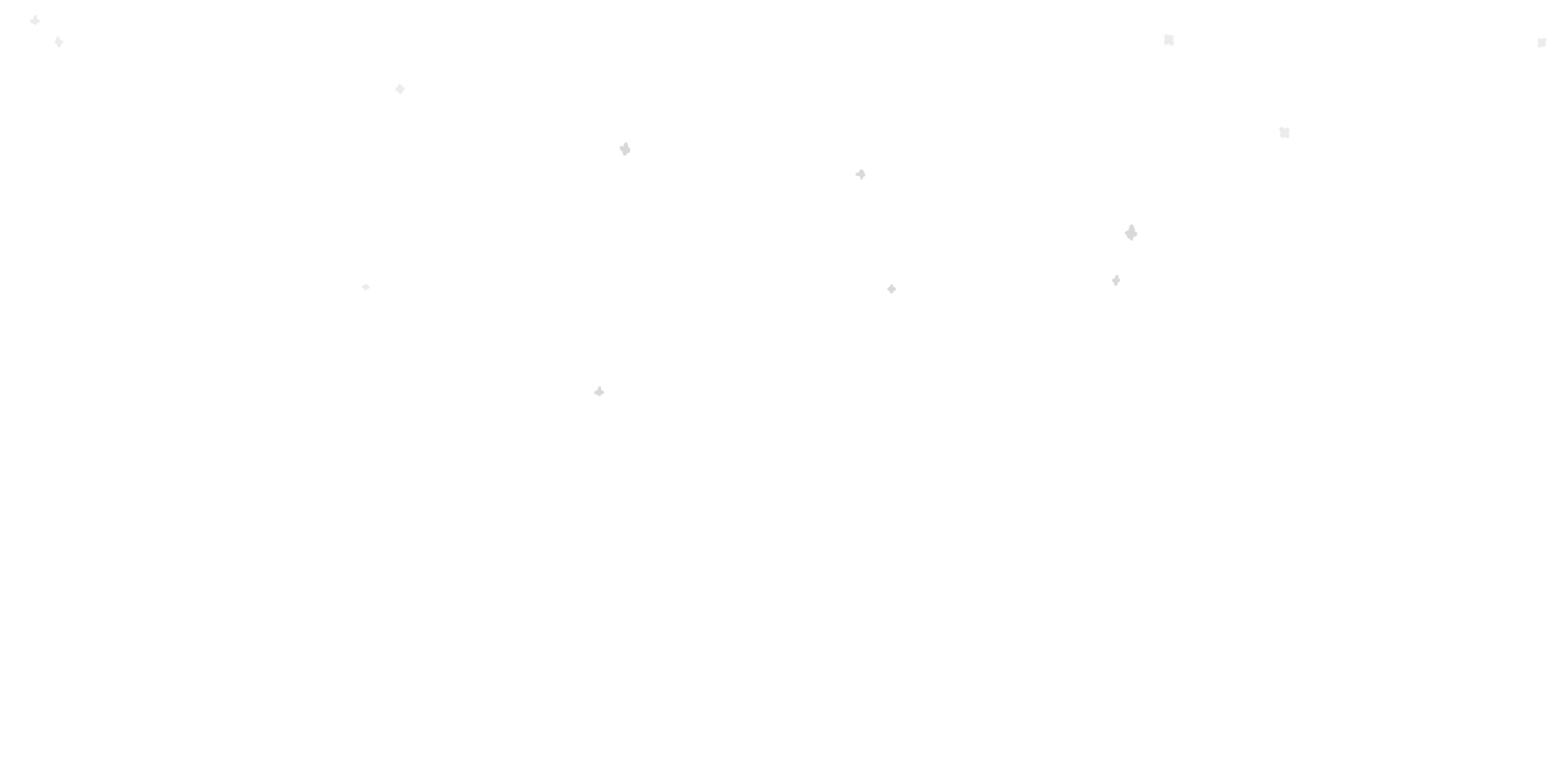
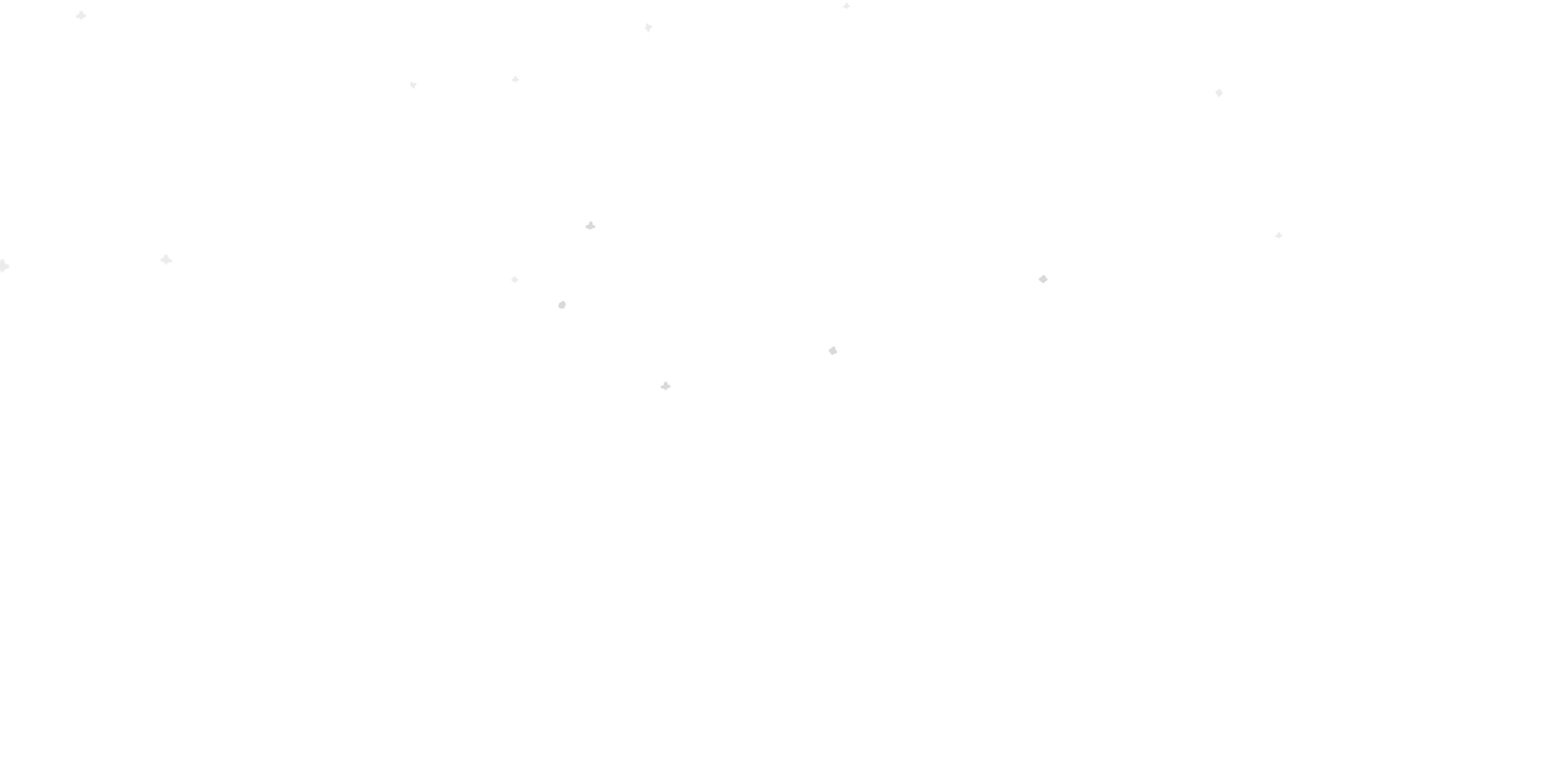
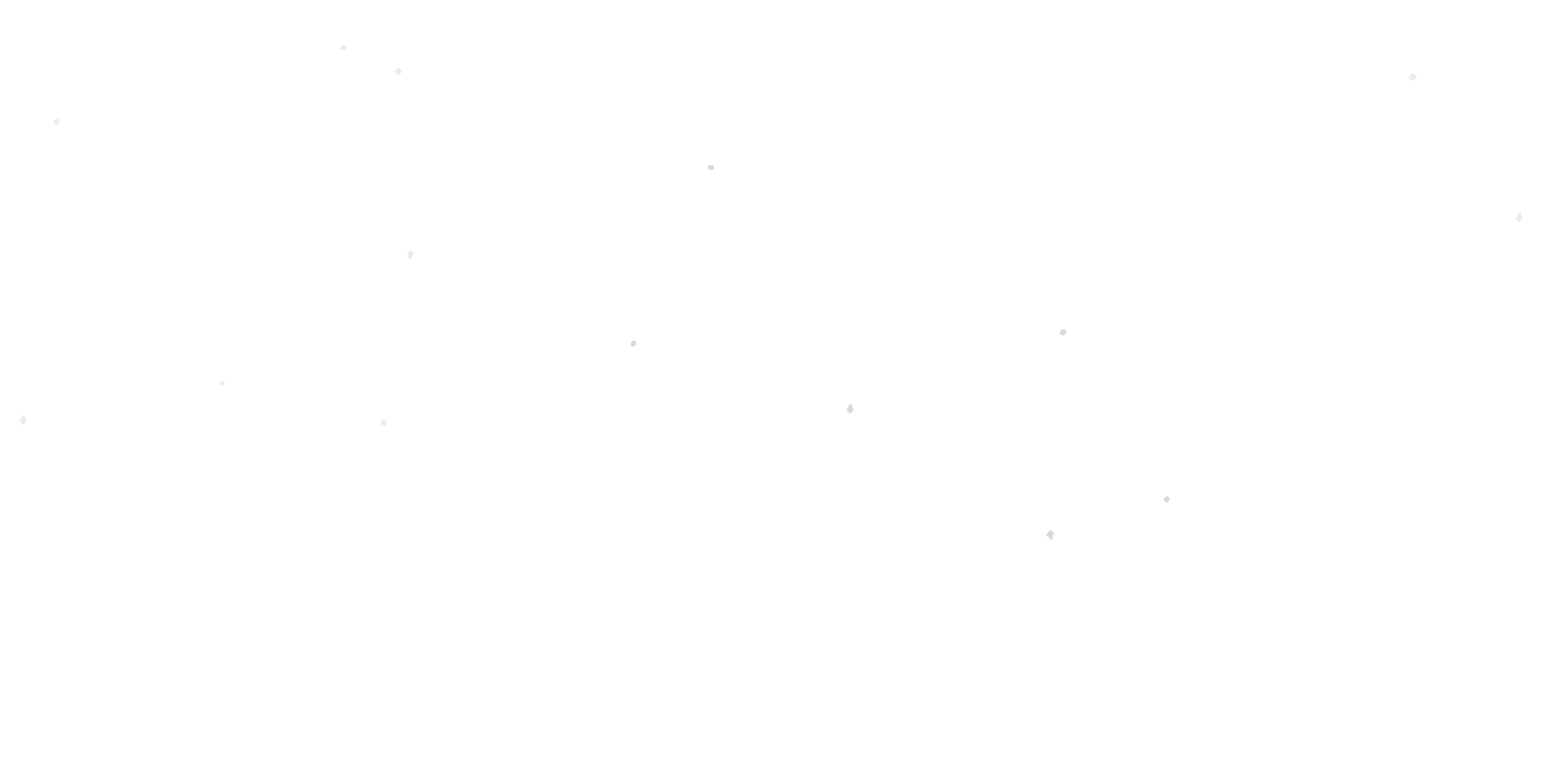
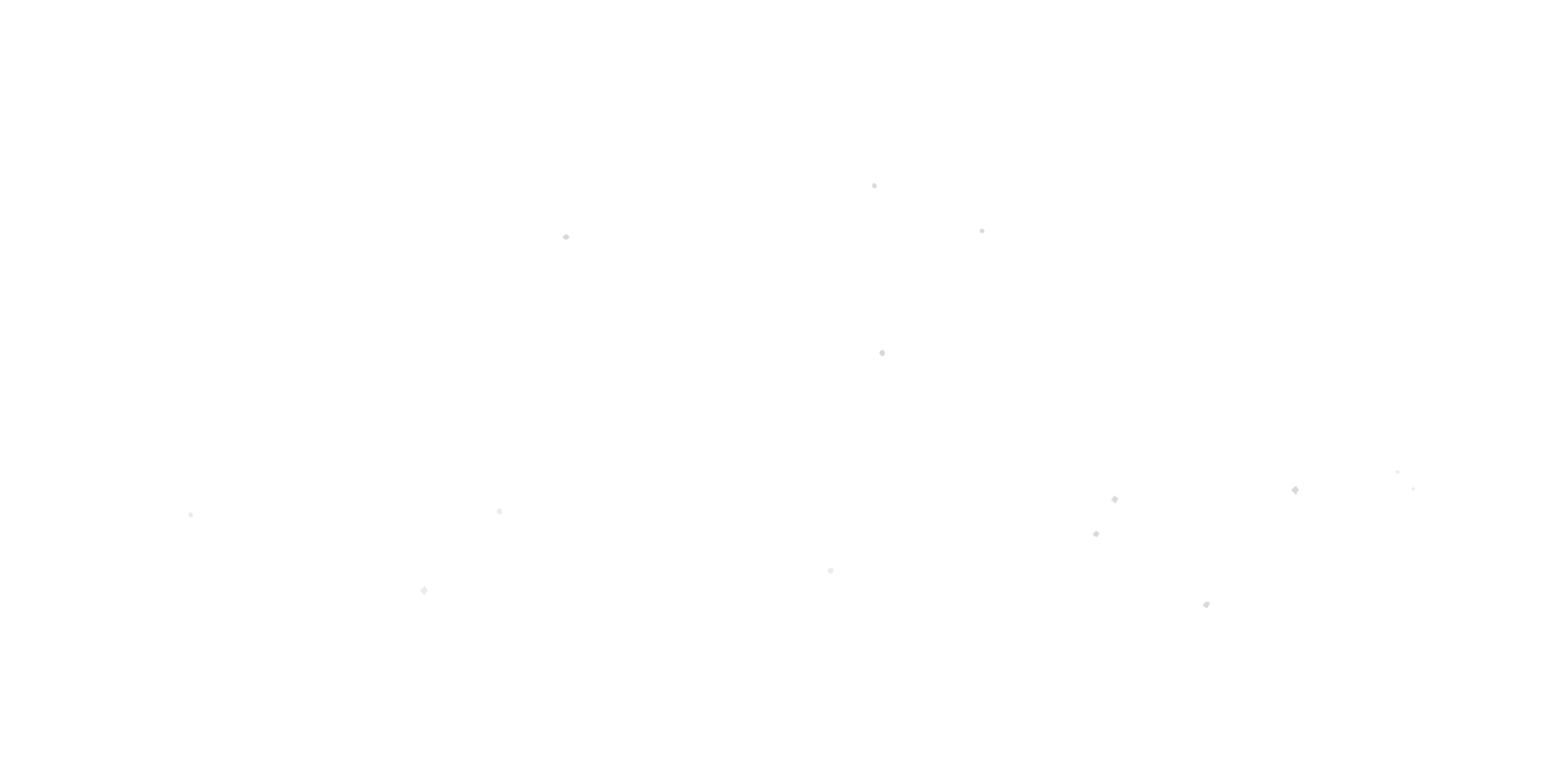
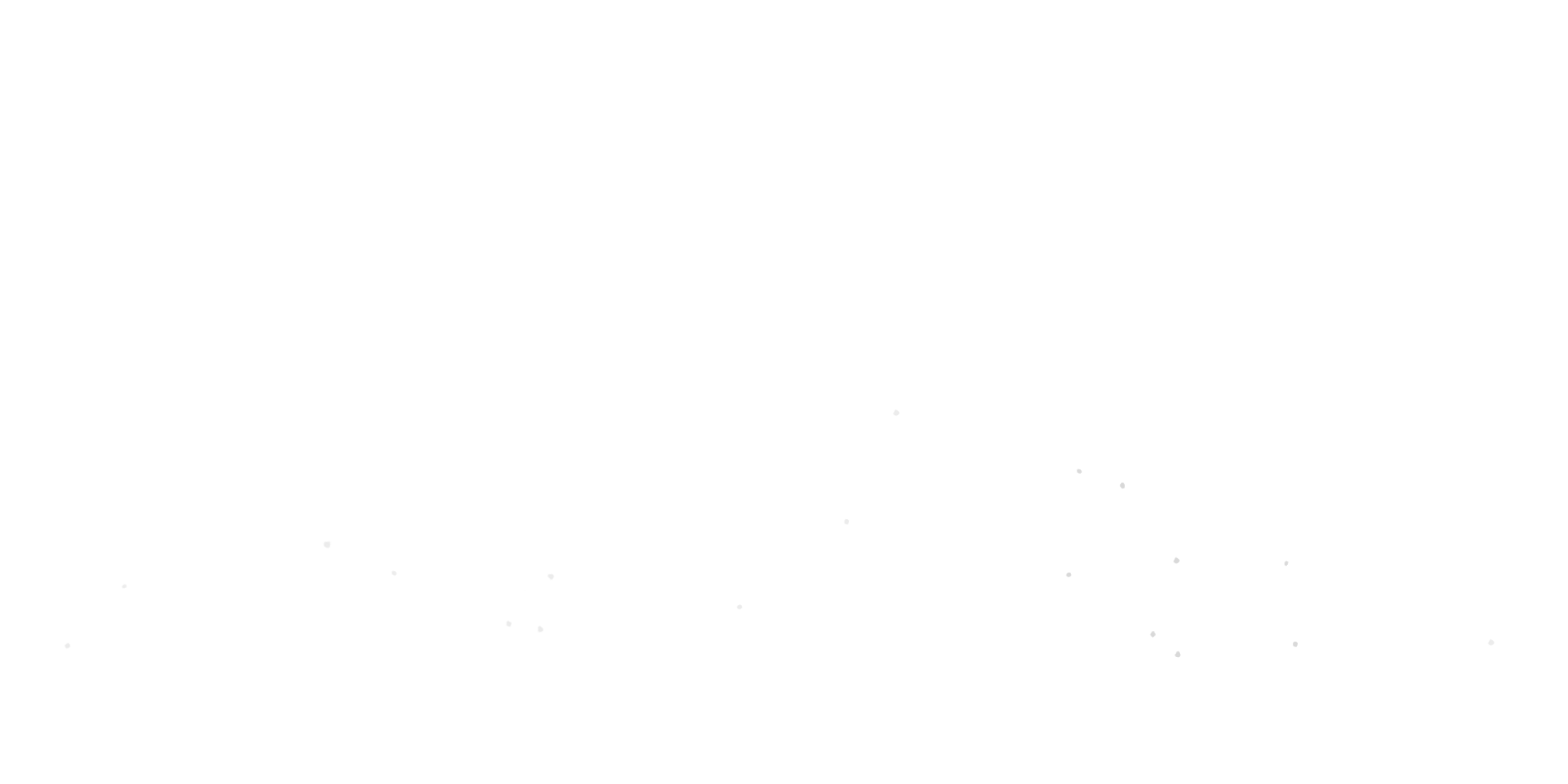


 scroll down
scroll down
Can you see the rhinos,
which went extinct this year?
With zoos, they might (just maybe)
begin to reappear.
San Diego Zoo, 2018
FT
Functionally Extinct
Wild Population
Key Threat
Poaching
For all animals, extinction is the end. The northern white rhinoceros was a distinct subspecies of the white rhinoceros which was poached to extinction in the wild by 2008. At the time, eight rhinoceroses survived in captivity, but attempts to breed them were too late.
This year, the very last male died at the Ol Pejeta Conservancy in Kenya. Only two females remain, and modern genetic technology is the only way their kind might step foot in the wild again.
